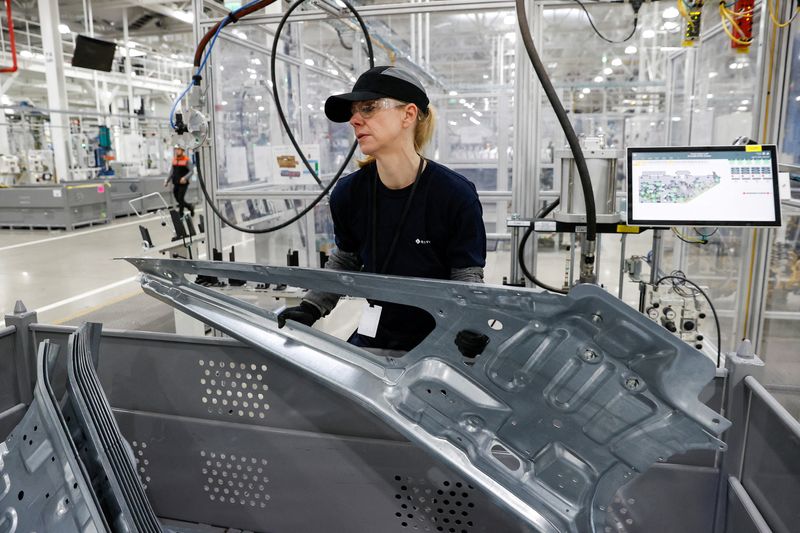WASHINGTON (Reuters) - New orders for U.S.-made goods increased more than expected in March and shipments rose solidly, but supply constraints following new COVID-19 lockdowns in China could slow manufacturing activity in the months ahead.
The Commerce Department said on Tuesday that factory orders rose 2.2% in March after edging up 0.1% in February. Economists polled by Reuters had forecast factory orders would rise 1.1%.
Manufacturing, which accounts for 12% of the U.S. economy, faces some headwinds in the near term from China's zero-tolerance COVID-19 policy, which is causing disruptions to supply chains.
A survey on Monday showed the Institute for Supply Management's national factory activity index fell for a second straight month in April. The ISM said some manufacturers worried "about their Asian partners' ability to deliver reliably in the summer months."
The increase in factory orders in March was across the board. Orders for motor vehicles and parts rebounded 3.0%, suggesting an improvement in the global supply of semiconductors. The Federal Reserve last month reported that motor vehicle assemblies surged to a 14-month high in March.
There were increases in orders for machinery, primary metals and electrical equipment, appliances and components. Orders for computers and electronic products also rose as did those of fabricated metal products.
Shipments of manufactured goods increased 2.3% after rising 1.1% in February. Inventories at factories gained 1.3%. Unfilled orders rose 0.4% after climbing 0.5% in the prior month.
The Commerce Department also reported that orders for non-defense capital goods, excluding aircraft, which are seen as a measure of business spending plans on equipment, rebounded 1.3% instead of 1.0% as previously reported last month.

Shipments of these so-called core capital goods, which are used to calculate business equipment spending in the gross domestic product report, rose 0.4% in March instead of the previously reported 0.2%.
Strong business spending on equipment helped to shore up domestic demand in the first quarter, even as GDP contracted at a 1.4% annualized rate during that period.